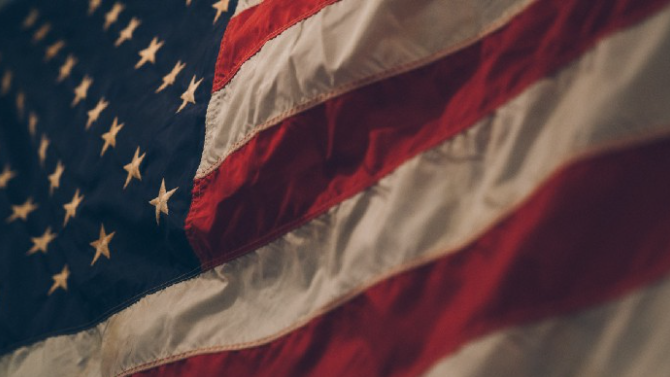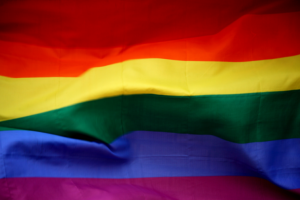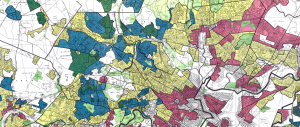Some of the longest running programs for housing assistance serve veterans. These federal and state programs provide loans, case management, and rental assistance to veterans. But these supports are modest. One in four veteran households experiences housing cost burden (having housing expenses that exceed 30% of their income). Furthermore, 1.5 million veteran households spend more than 50% of their income on housing (NLIHC 2013). And stark inequities exist between white male veterans and women and Black veterans.
For low-income veterans today, there’s VASH: Veteran’s Affairs Supportive Housing. It is a collaborative program between HUD and VA. HUD housing vouchers are paired with VA supportive services. There’s a focus on helping veterans who are homeless and their families find and sustain permanent housing. As of Sept. 30, 2015, HUD had allocated more than 78,000 vouchers to help house veterans across the country (VA 2020).
In addition to federal VA housing programs, states own and operate assisted living facilities for veterans. “State Veterans Homes are facilities that provide nursing, domiciliary or adult day care. They are owned, operated and managed by state governments. They date back to the post-Civil War era when many states created them to provide shelter to homeless and disabled Veterans (VA 2020).”
Low-income veterans can access Supportive Services for Veteran Families (SSVF). This program provides case management and supportive services. The goal is to prevent the imminent loss of a veteran’s home or identify new, more suitable housing situations. Case managers assist in re-housing veterans and their families who are homeless (VA 2020). Still seven in ten veteran households at or below 30% of the area median are severely housing cost burdened (NLIHC 2013).
The VA home loan program is very popular. It was conceived in 1944 to attack on the harsh aftermath associated with wars (ArmyTimes 2017). It is important to keep in mind that these loans were not historically provided to Black veterans. Black veterans were systematically denied the benefits of the post-World War II GI Bill. They were not provided generous home loans, business loans, and educational and job-training benefits that white veterans saw. Of the 3,229 GI Bill business, farm, and home loans made in Mississippi throughout 1947, only two were offered to Black veterans (Opportunity Starts at Home 2020).
Discrimination around veteran benefits is no longer explicit. But generations of Black veterans have been excluded from inter-generational wealth building opportunities that white veterans experienced. Inequity persists to today. According to NLIHC, “more than half of Black, non-Hispanic veteran households with incomes between 50% and 80% of the area median are housing cost burdened, compared to 36% of white, non-Hispanic, and 48% of Hispanic veteran households in the same income category,” (NLIHC 2013).
REFERENCES
RI Coalition for the Homeless | State of Homelessness
https://www.rihomeless.org/state-of-homelessness
Army Times | VA Loan Center
https://www.armytimes.com/home-hq/va-loan-center/2017/12/14/va-loan-history-101-from-world-war-ii-to-todays-benefit/
VA | Housing Services
https://www.va.gov/homeless/housing.asp#:~:text=For%20very%20low%2Dincome%20Veterans,homeless%20and%20might%20remain%20homeless
Opportunity Starts at Home | Racial Equity Fact Sheet 2020
https://www.opportunityhome.org/wp-content/uploads/2020/10/Final-Racial-Equity-Page-Fact-Sheet.pdf
NLIHC | Veteran Report 2013
https://nlihc.org/sites/default/files/NLIHC-Veteran-Report-2013.pdf



